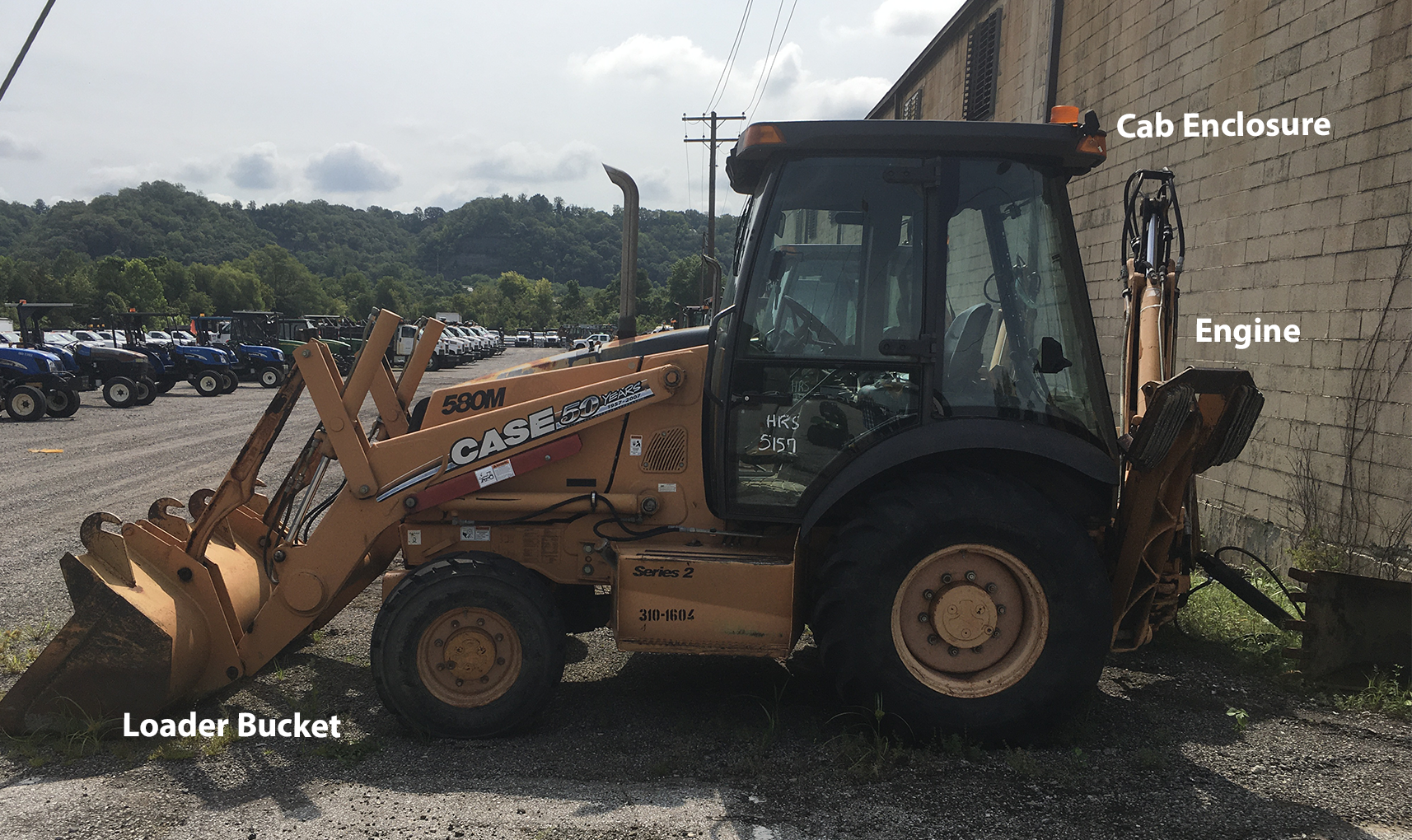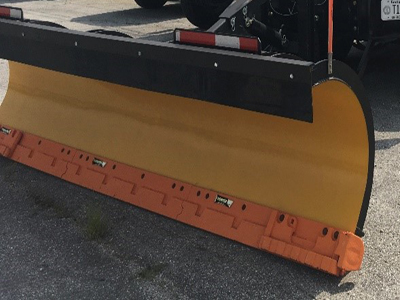Highway Knowledge Portal
Search for articles or browse our knowledge portal by topic.
Loaders

| Equipment Class | Make | Model | # | Link |
|---|---|---|---|---|
| Loader Wheeled Over 3YD Bucket | CATERPILLAR | 926M | 11 | Spec Sheet 926M |
| Loader Wheeled Over 3YD Bucket | CATERPILLAR | P24K | 1 | Spec Sheet P24K |
| Loader Wheeled Over 3YD Bucket | CATERPILLAR | 924K | 12 | Spec Sheet 924K |
| Loader Wheeled Over 3YD Bucket | VOLVO | L60H | 10 | |
| Loader Wheeled Over 3YD Bucket | JOHN DEERE | 624K | 2 | Spec Sheet 624K |
| Loader Wheeled Over 3YD Bucket | JOHN DEERE | 544 J | 1 | Spec Sheet 544J |
| Loader Wheeled Over 3YD Bucket | JOHN DEERE | 544K | 110 | Spec Sheet 544k |
| Loader Wheeled Over 3YD Bucket | JOHN DEERE | 544K-II | 11 | Spec Sheet 544K-II |
| Loader Wheeled Over 3YD Bucket | JOHN DEERE | 544L | 1 | Spec Sheet 544L |
| Loader Wheeled Over 3YD Bucket | CASE | 621G | 1 | Spec Sheet 621G |
| Loader Wheeled Over 3YD Bucket | JCB | TM320 | 1 | Spec Sheet TM320 |
A tractor that could be either wheeled or on track is equipped with a front bucket connected to the end of two booms (arms) to scoop up loose material from the ground. Wheel loaders are known by many different names, including front loader, front end loader, skip loader, scoop loader, and bucket loader. Wheel loaders are found in several various industries that require dealing with heavy loads.

Wheel Loader Forks

Push Blades
- Wheel loader blades are used to move dirt, gravel, loose rocks, snow, and debris.
- Wheel loader booms allow efficient loading and manipulation of tubes and pipe fittings
- Wheel loader buckets are standard attachments; however, they can be of different sizes and capacities.
- Wheel loader grapples allow efficient and fast clearing of land, trees, brush, and more. Rotating grapple attachments allow for improved performance in rough conditions.
- Wheel loader snow removers, perfect to remove snow and icy debris.
- Wheel loader tree shears can quickly remove trees and clear land and are better than grapples for parcels with larger diameter trees.
Safety of the operator:
- Operators should wear appropriate clothing and follow the necessary safety procedures that apply to all occasions.
- The operator’s PPE should include standard eye protection, work gloves, proper footwear, hearing protection, and hard hats.
- Equipment should be mounted carefully, and the steps and cab interior should be kept clean.
- Extreme caution should be applied around overhead power lines and underground utilities.
Safety of others:
- Always keep others in sight and away from the equipment.
- Establish a safe work zone.
- Never allow riders on the equipment.
Equipment Safety:
- Perform prestart inspection and lubrication daily.
- Make sure equipment is performing correctly.
- Check for obstacles and hazards in the area.
- Obey rules about parking and operating on inclines.
- Know the equipment and its limitations.
Heavy Equipment Knowledge Book:
Access the complete Knowledge Book here: Heavy Equipment Knowledge Book
Next Article: Motor Graders
Previous Article: Flat Bed/ Utility

